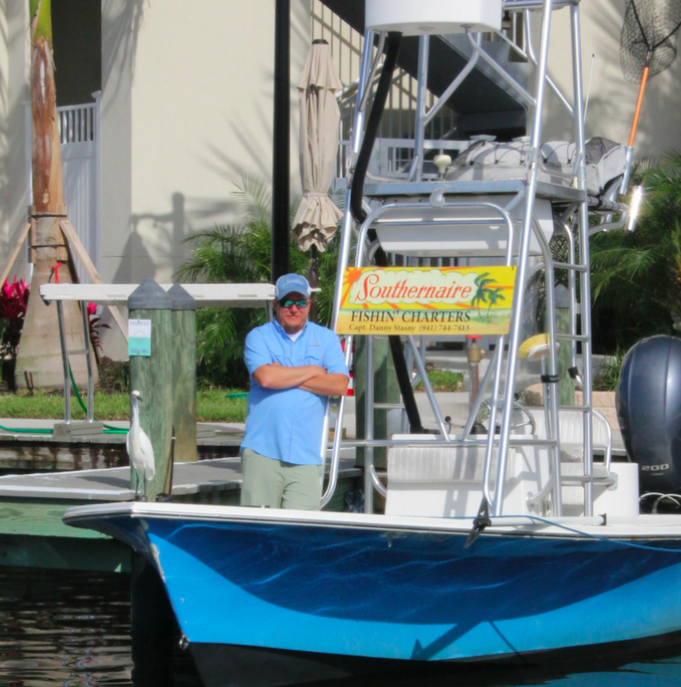Anna Maria Island Fishing Report
Fishing around Anna Maria Island is improving as we leave the cold temperatures behind us and settle in spring.
Catch-and-release snook and redfish are beginning to make a showing on the grass flats in decent numbers. Areas where water temps are in the low to mid 70s, are producing the best action. Areas where the water is slightly cooler, seem to be less active. Finding catch-and-release snook and reds on the flats during the afternoon tides when the sun has had a chance to warm up the water is the best scenario. Many catch-and-release spotted seatrout are starting to make a showing.
On the shallower flats where the snook and redfish are congregating you can find some large gator trout mixed in. On deeper flats, you’ll find greater numbers of trout, although most will still be in the slot range.
In the Gulf of Mexico, kingfish are making their presence known. Fishing with live shiners or threadfin herring as bait around the artificial reefs is yielding good numbers of the giant mackerel. Anchoring and chumming is working well, although slow-trolling baits is also productive.
Mixed in with the kings are Spanish mackerel, bonito and some shark.
On my Just Reel Fishing charters I’m trying to hide from the wind by fishing along mangrove shorelines and shallow grass flats. By doing so, I’m encountering catch-and-release species such as snook and redfish. Both are responding to live shiners as bait. For the catch-and-release snook, the warmest days are producing the best action. Catch-and-release spotted seatrout are cooperating nicely on both shallow and deep grass flats. Larger trout — 20-24 inches — are being found on the shallow flats. These larger trout are generally solitary, so the bite is slightly spread out. Targeting trout on the deeper grass flats is yielding respectable numbers of hookups although most catches are 15-20 inches. For sheer action this bite is more consistent.
Fishing along the beaches in the Gulf of Mexico is producing action especially on Spanish mackerel. Free-lining shiners over ledges in 15-20 feet of water is proving to be quite productive.

